cw: descriptions of gun violence and domestic violence
This weekend, I’m just coming home from a week’s visit with my mom and aunt in Loveland, Colorado. The house I stayed in was, thirty-four years ago, a safe house for a notorious hostage situation in the small town, and though I wasn’t there on the night of the crime, its part in the story is a big reason why I am interested in true crime today.
The year was 1989, the day was January 3rd, and the population of Loveland at the time was roughly thirty-seven thousand (these days, as it has transformed into a commuter “suburb” for Denver, 50 miles away, it’s more like 78k). My grandparents had retired there in 1978, and were in their late sixties, my aunt, who had moved in with them a few years previous, was in her late thirties. My mom and I (let’s just say I was a tween) had left that morning from our holiday visit, and we had had been trying to check in that evening from our house in Memphis. The landline (only option!) was busy for hours. Here’s why:
My grandfather, nosy as all get out, was listening to his police scanner around 7:30pm and heard a call about a hostage situation at the Riverhouse restaurant, a spot roughly 100 yards east on the highway and within sight of the house.
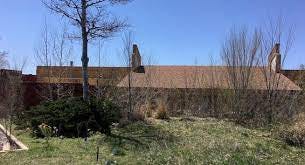
The Riverhouse is somewhere in between Applebees and your favorite mid-range steakhouse. It was having a pretty good night for a Tuesday: the Lions Club was holding their annual holiday party in the downstairs dining room, which had windows overlooking the Big Thompson River, and the tables and bar on the upper level were mostly full.
From what my grandfather could discern from the police chatter, an armed gunman had driven in from the west on Highway 34 and taken the patrons and staff hostage. At just about the time he was telling my grandmother and aunt about the drama, they heard a knock on the back door.
It was two police officers, asking my grandfather if they could use the place as a safe house for the dozens of restaurant-goers who were, as they spoke, sneaking out the basement doors of the restaurant, crossing an overgrown lot, and crossing the small lane that separated my grandparents’ house from the river, and the Riverhouse.
My grandfather, a WWII veteran who fought in the Pacific theatre, lost his older brother in a military training exercise, came home for the funeral and then REDEPLOYED for two more years said, predictably, absolutely.
Grampy opened the garage door and restaurant patrons and staff started pouring in. Most of them stayed in the finished basement where the beer was, but several, including a waitress injured from the trek across the lot, went upstairs where my grandmother, a former RN, was serving coffee, treating shock, and arranging a line for phone calls so people could let their families know they were safe.
Meanwhile, my aunt was tending the world’s most neurotic Pomeranian:
My aunt most vividly remembers the police telling them to turn out all the lights and be quiet— they were preparing for the gunman to break towards the house. She looked out her darkened bedroom window and saw two officers, guns drawn, crouched behind the posts flanking the driveway.
And then my aunt remembers gunshots.
Here’s what was happening up the road (summarized from the Wikipedia page on the incident, and a small piece that made it into the New York Times two days later: Around 7pm, police responded to a domestic violence call about six miles west on Highway 34. Thirty-five-year-old Vietnam Veteran Wayne Strozzi (whose wife called in the complaint, and who showed signs of strangulation) confronted police outside his house, and then fled, armed with a 9mm pistol, straight to the Riverhouse. He burst into the upper dining room and took an off-duty police officer’s wife hostage at the hostess stand, demanding that her husband replace his disabled pick-up. Over the course of the next hour and a half, he also demanded a plane to Libya, wounded a police officer who appeared at the doorway, drenched the carpets with alcohol and threatened to burn the place down, and finally lined up 15 hostages, with duct tape around their necks, at the front window as human shields, and held a waitress, Sally Mills, in front of him near the door.
Meanwhile, Loveland SWAT teams, who were not AT ALL used to this kind of situation (a new police chief was supposed to start the next day), were positioning themselves across the highway on the bluffs and foothills that mark the entrance to Rocky Mountain National Park.
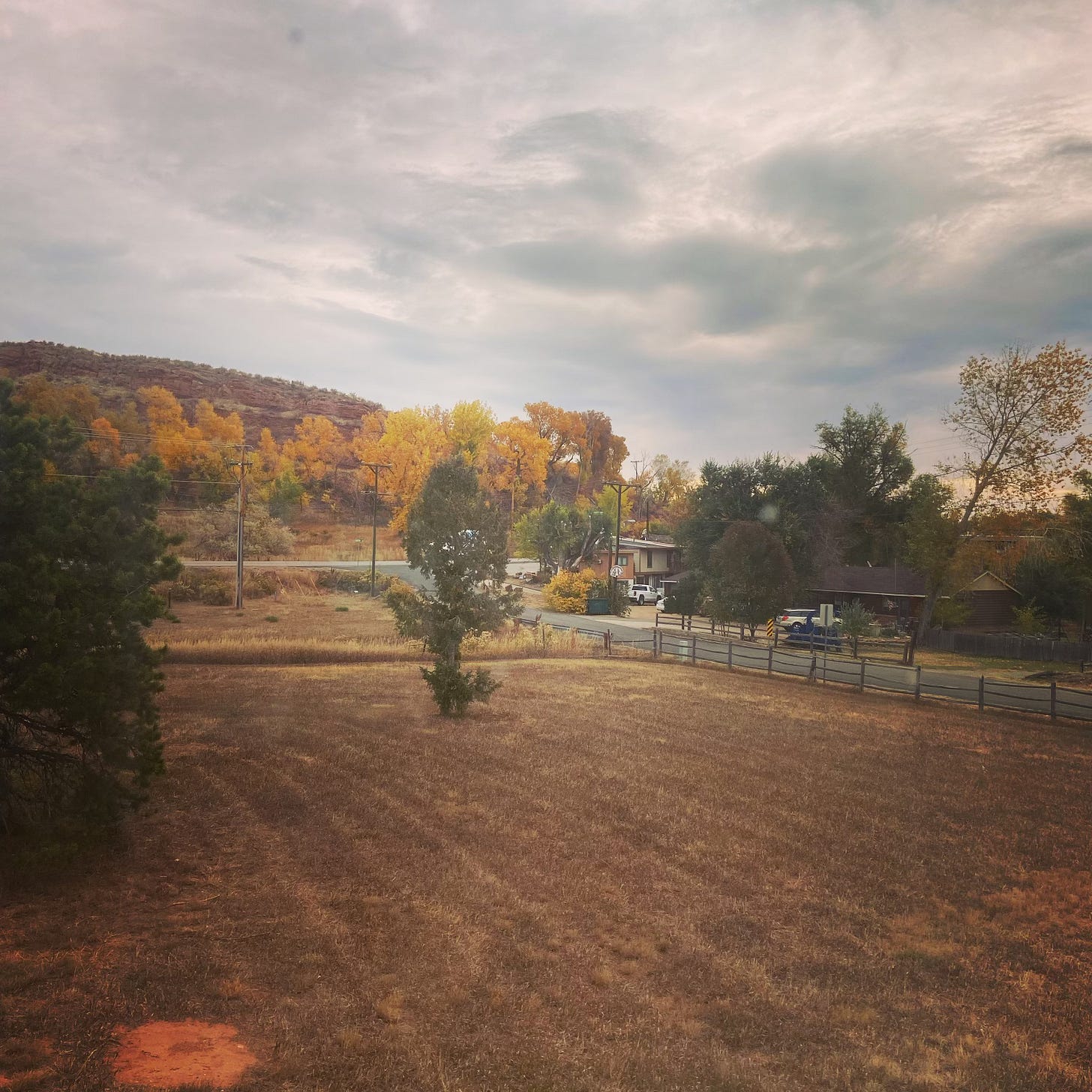
There were nine shots in all. A sharpshooter hit the gunman in the torso, and, wounded, he fatally shot Sally Mills three times. Strozzi was pronounced dead that night in a local hospital; a later probe suggested he killed himself with a shot to the head.
Adding to the tragedy was the accidental shooting of a hostage by police. Customer Fenton Crookshank was trying to escape through a bathroom window into the parking lot when he was shot five times by a police sergeant (the ex-wife of whom my aunt would later work with). Initial police reports said Crookshank was advancing with “an object in his right hand,” but witness reports contradicted this narrative, saying he was shot while half in and half out of the window, falling on a parked car. The city settled with his survivors for a “substantial” sum.
Once it was over, the 50 or so people who were sheltering in the house trickled out. They weren’t able to take their cars from the still active crime scene, but their family picked them up one by one, and we were finally able to get a call through from Memphis and hear what happened. Later, my grandfather found a pile of bills and coins on a cardboard box in the basement with a scrawled note that said “thank you for the beer.”
This story includes more than a few unfortunately common tropes in stories about shootings and hostage situations: its origin in domestic violence; police attempting to cover up mistakes with lies about the victims; a gunman likely suffering from mental illness. Because of my connection to it, though, it taught me something else about violence, and memories about violence. They render spaces, even private spaces, strange to those who know them, uniquely familiar to those who don’t, and indexes the timeline of crimes in a way that lasts. I have been visiting my grandparents’ house since I was only a few months old, and it is the only home that remains in the family from my childhood. However, the place doesn’t completely belong to me, or my grandparents and aunt who acted so bravely that night. It also belongs to the survivors, who remember it and will remember it for very different reasons and very different ways that are theirs and theirs alone.
In some ways, the house has become forever re-plotted in relation to a restaurant that doesn’t even exist anymore. I think it’s one reason why I am so drawn to true crime narratives that are grounded in a sense of place: a building, a town, a community. My grandparents’ place shaped what happened that night, and even though the “safe house” didn’t make it into any of the journalistic accounts I can find about the crime, hearing the story and telling the story has given me a small bit of insight into the way all the true crime texts I admire are generated, processed, and shared.

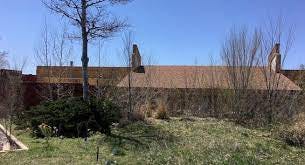


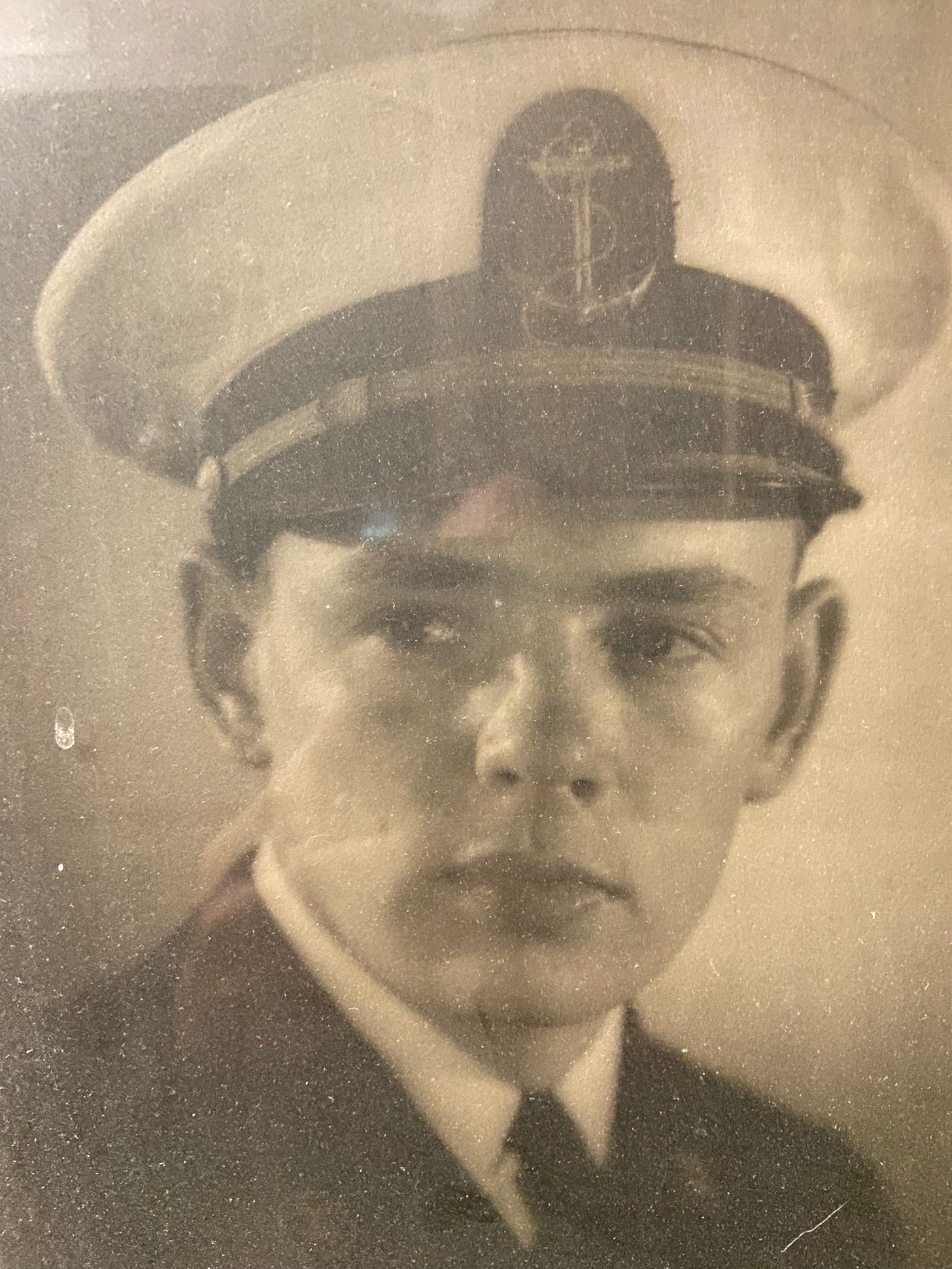
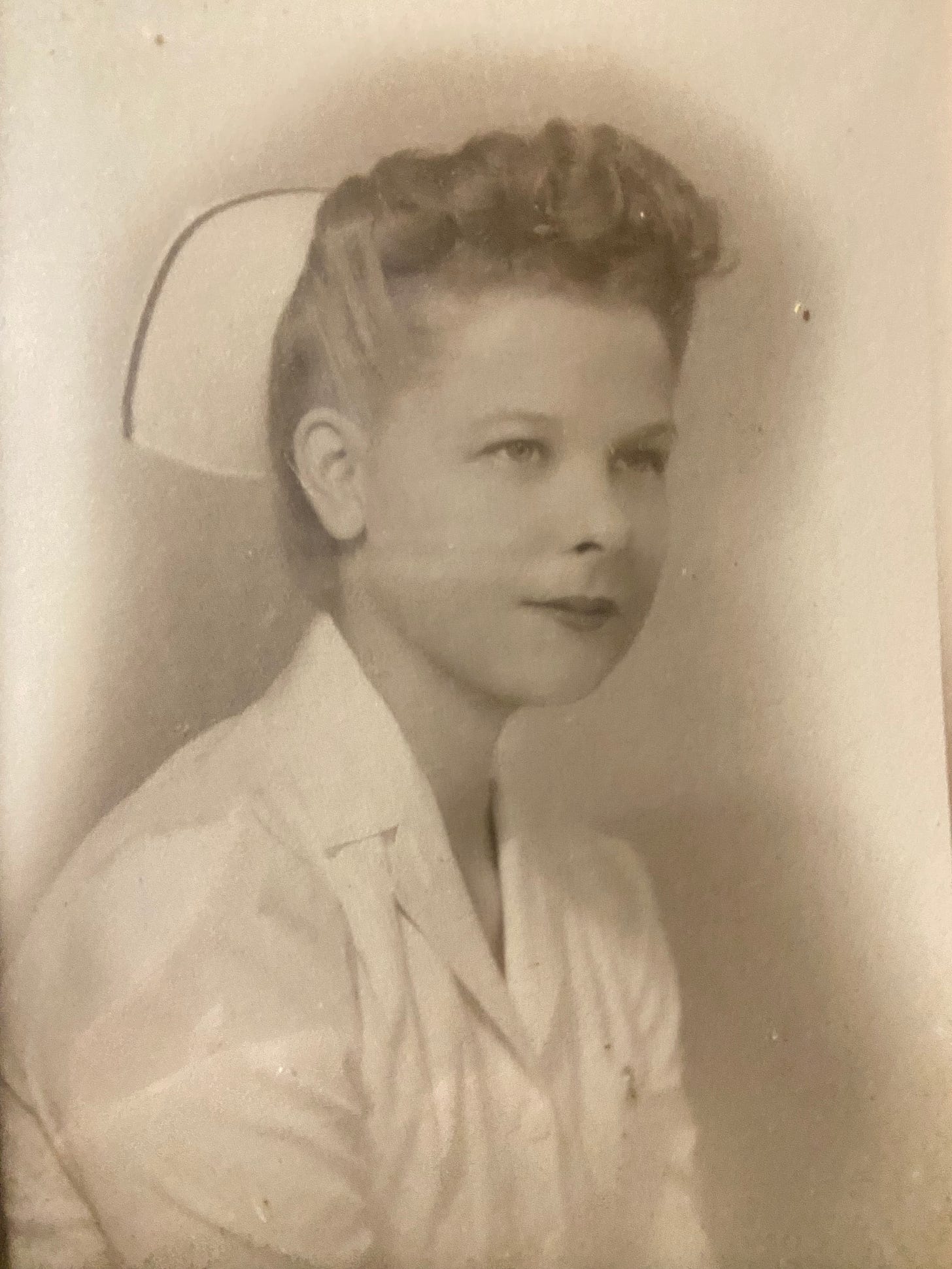

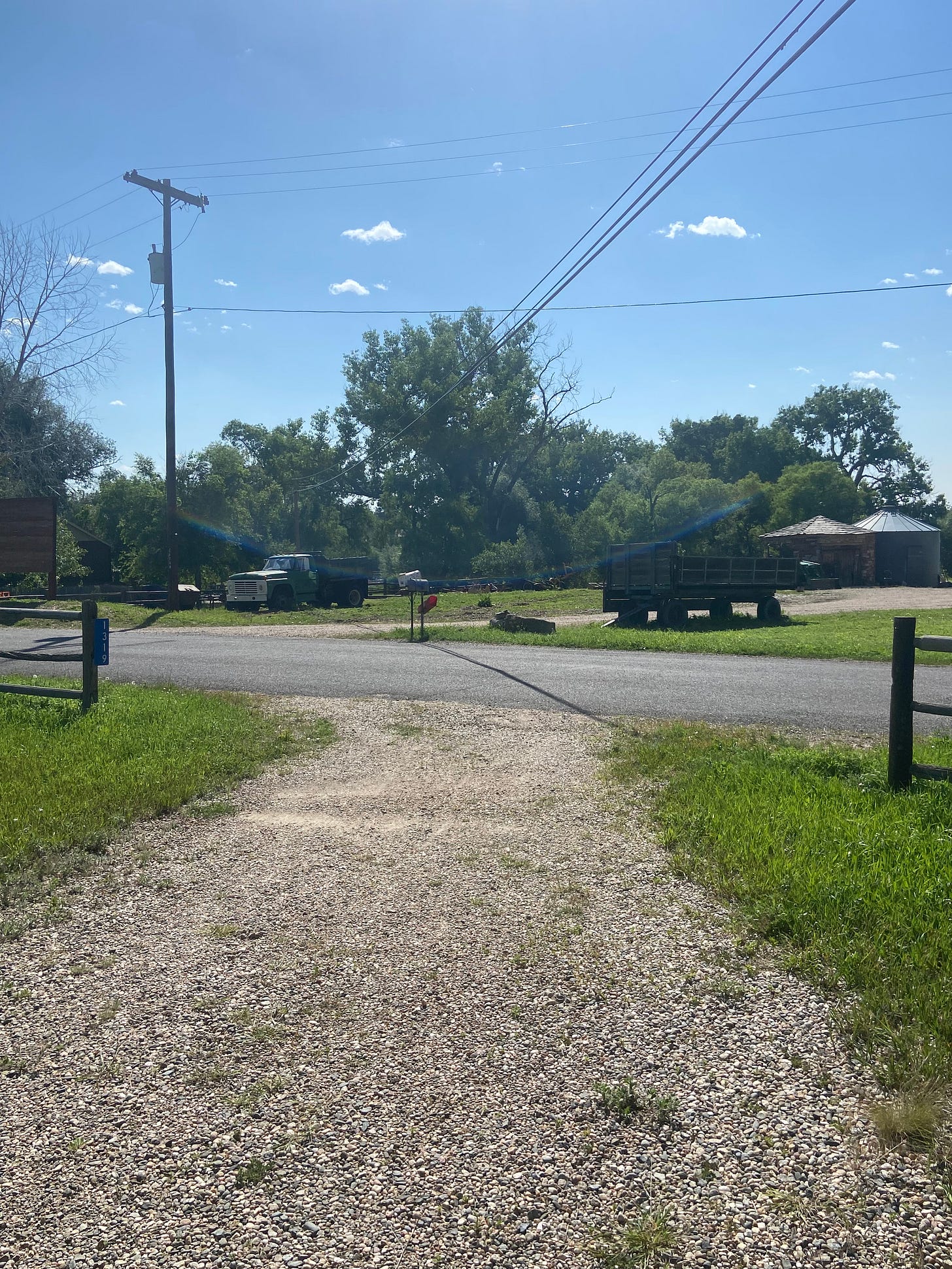
Would the person that write this please contact me. I was a Larimer County Sheriff’s Department Sergeant and was there that night and witnessed the shootings. I would like to share information with you.